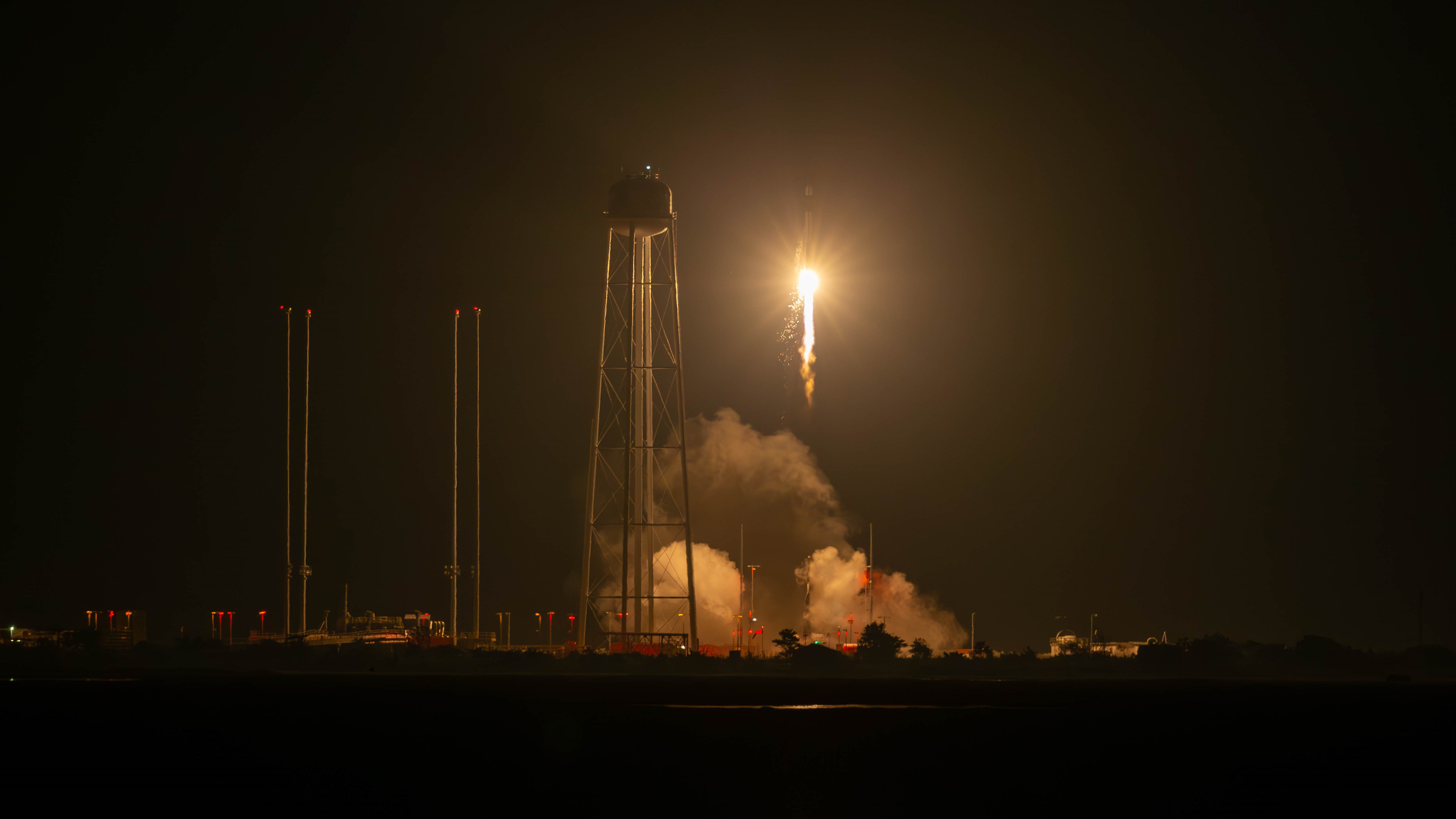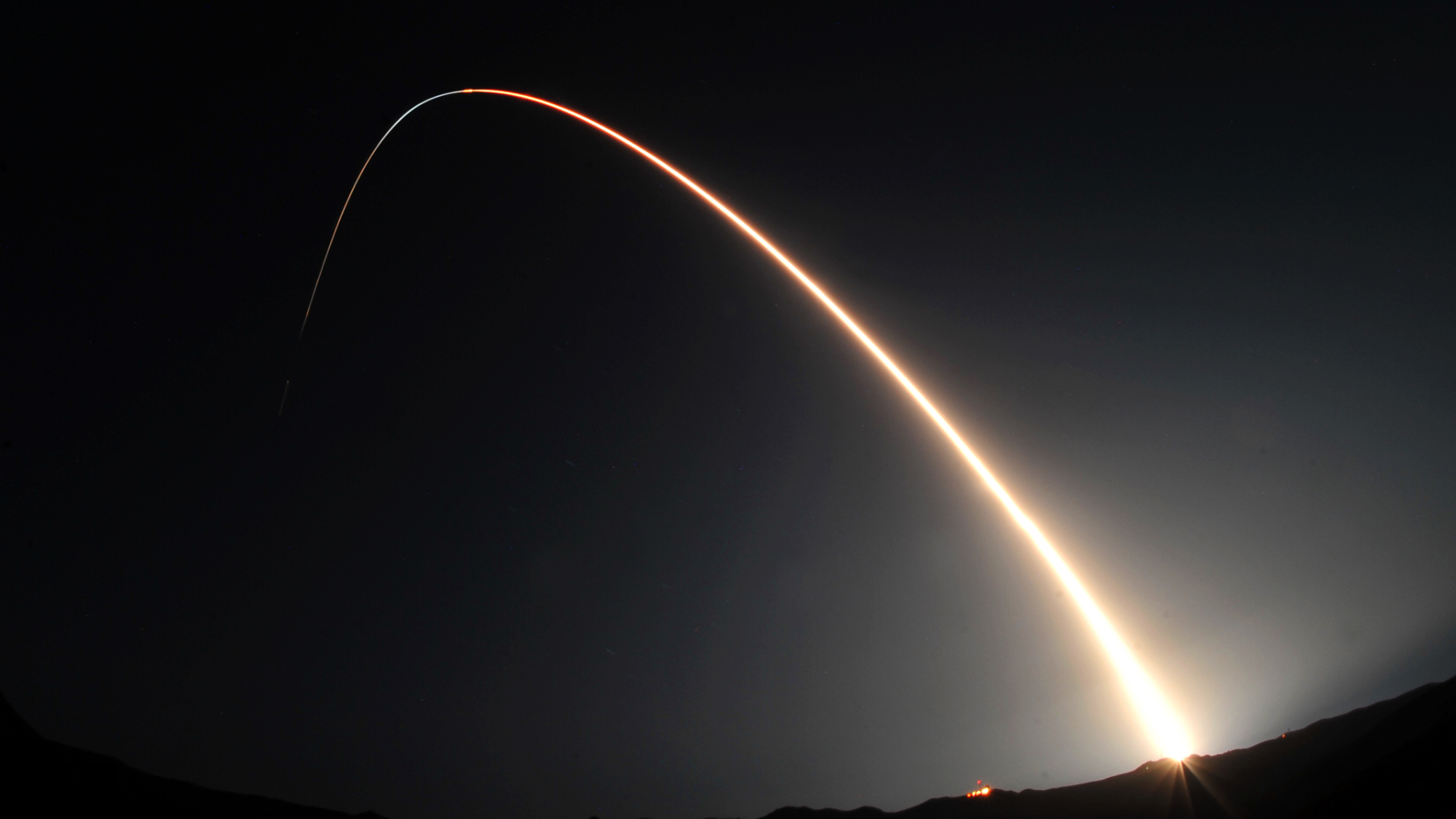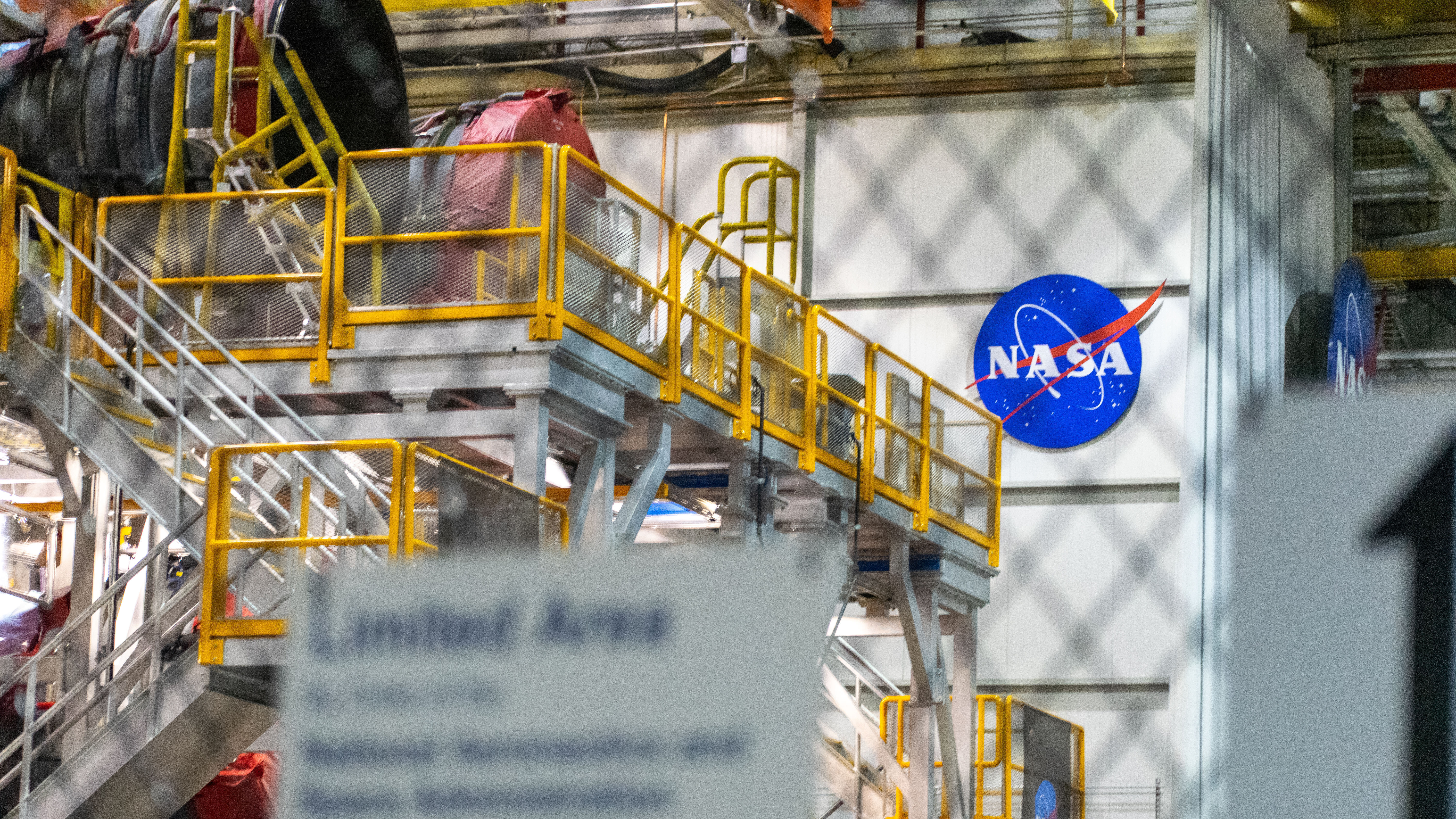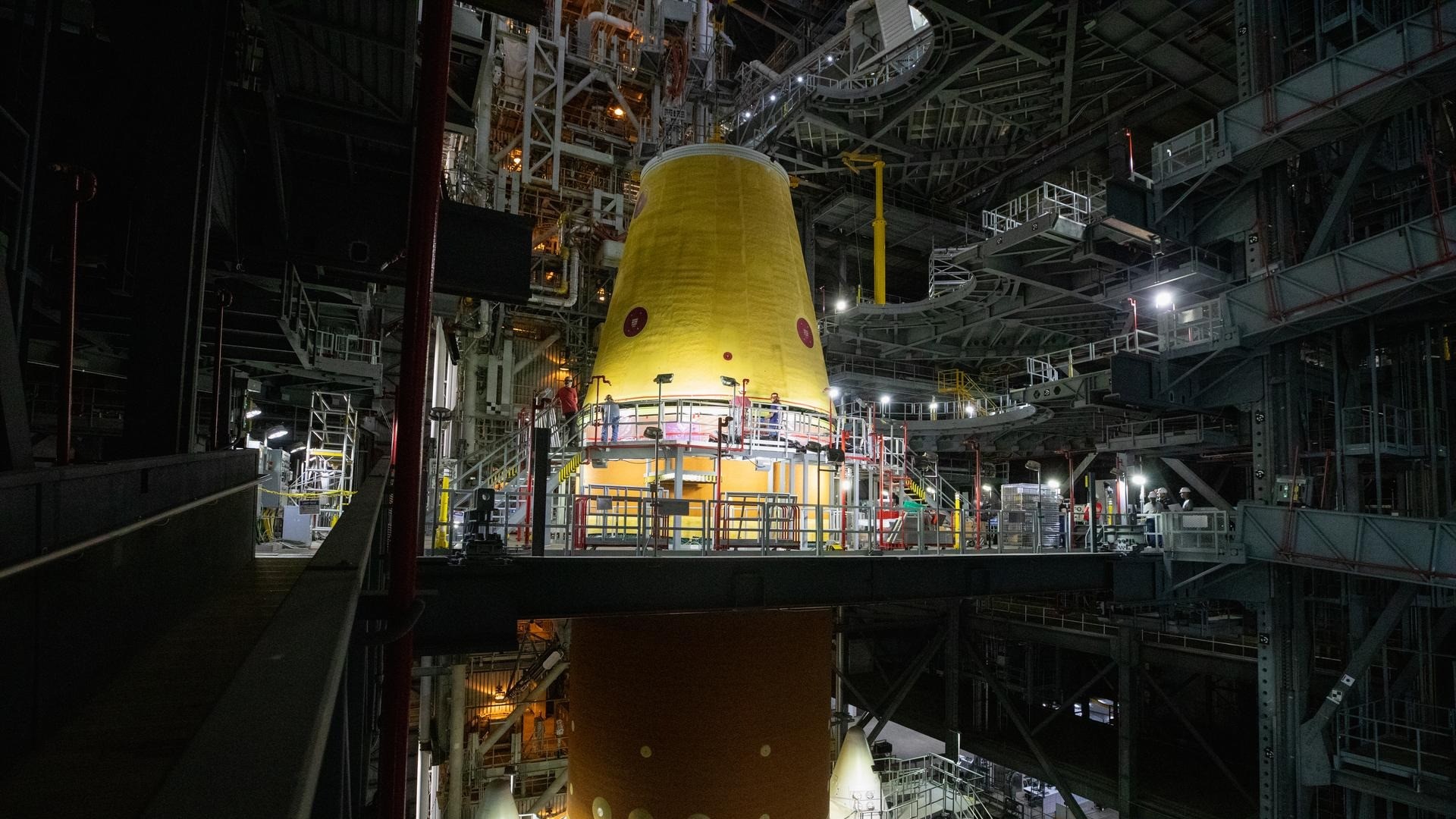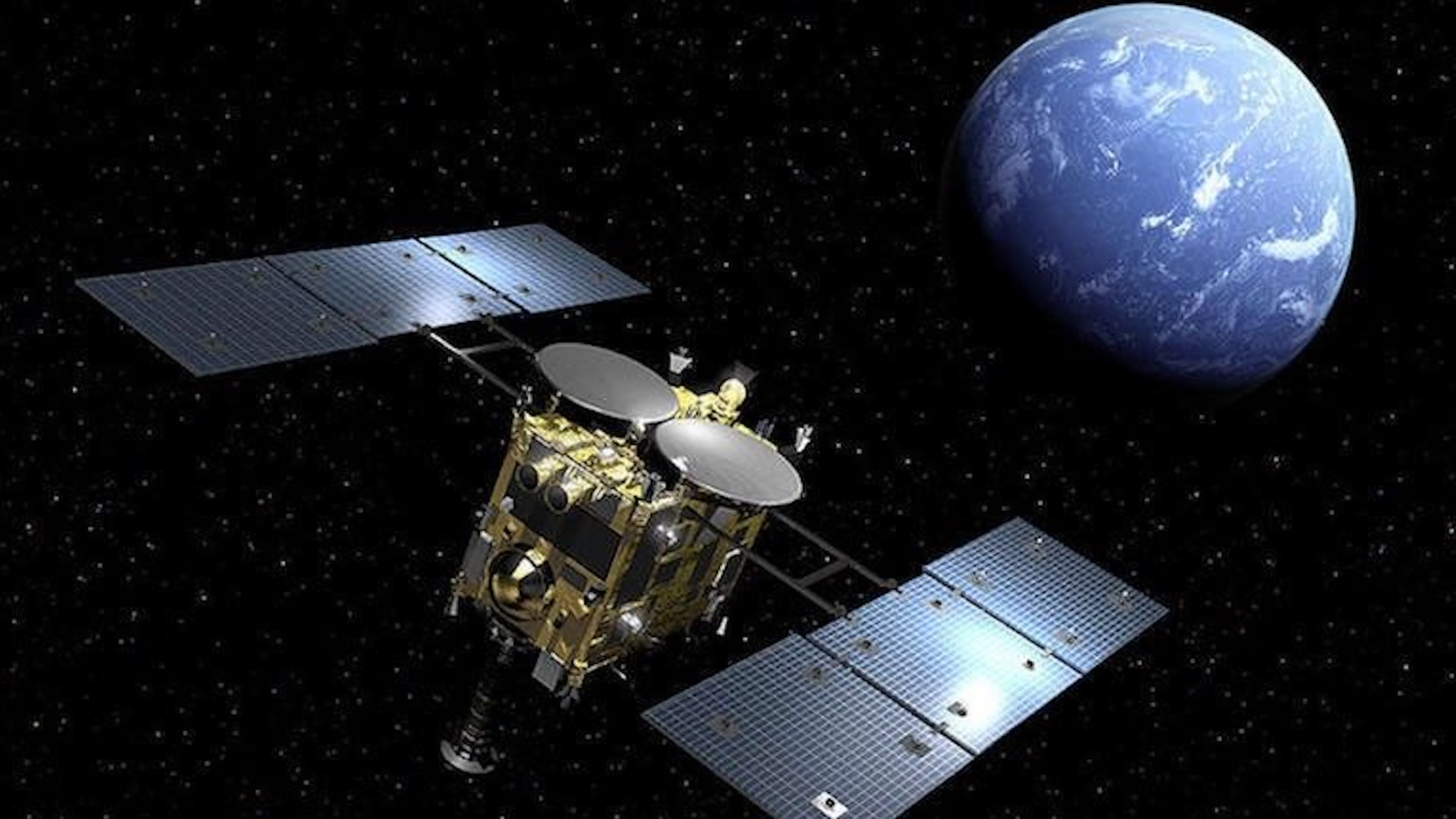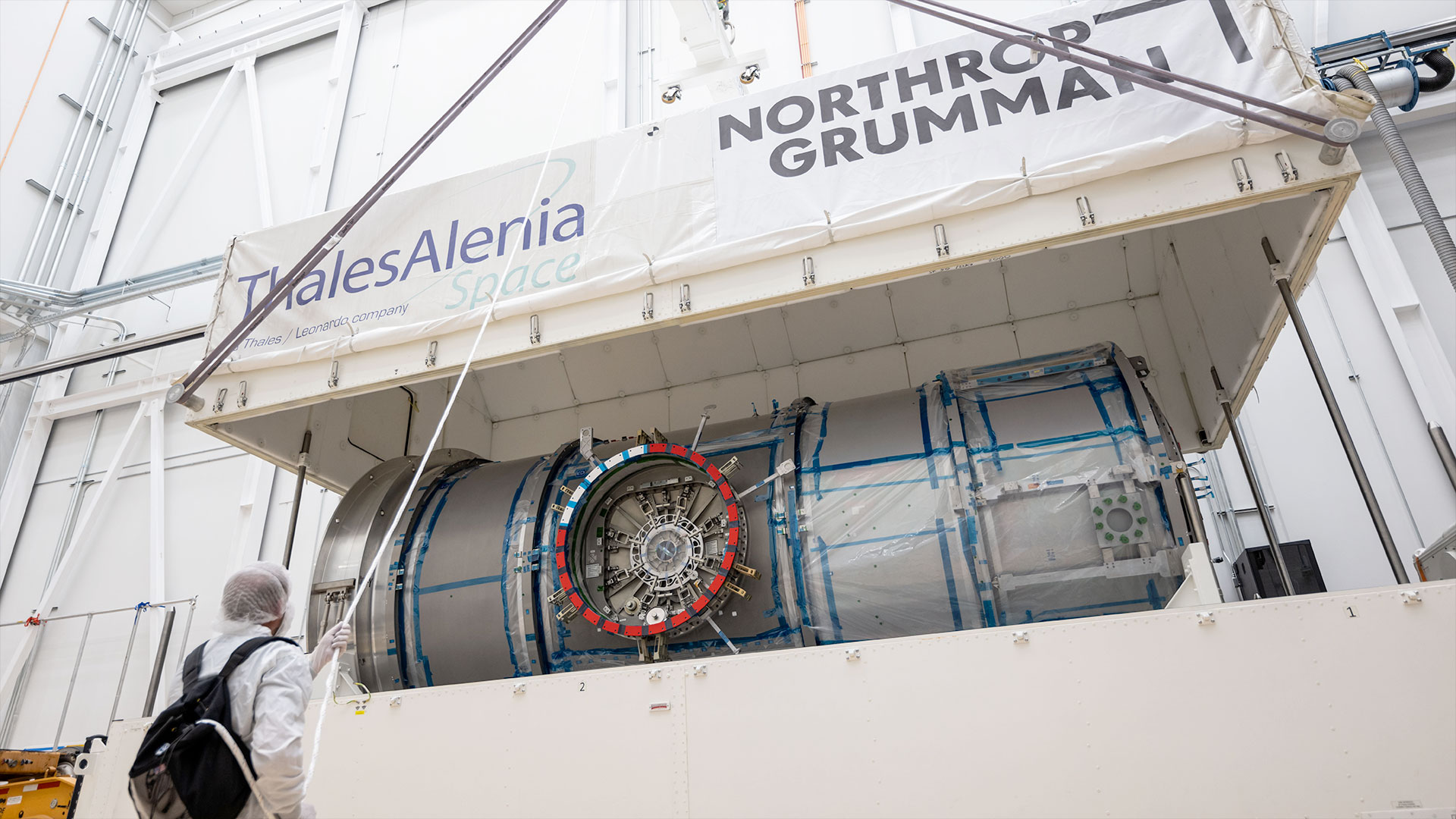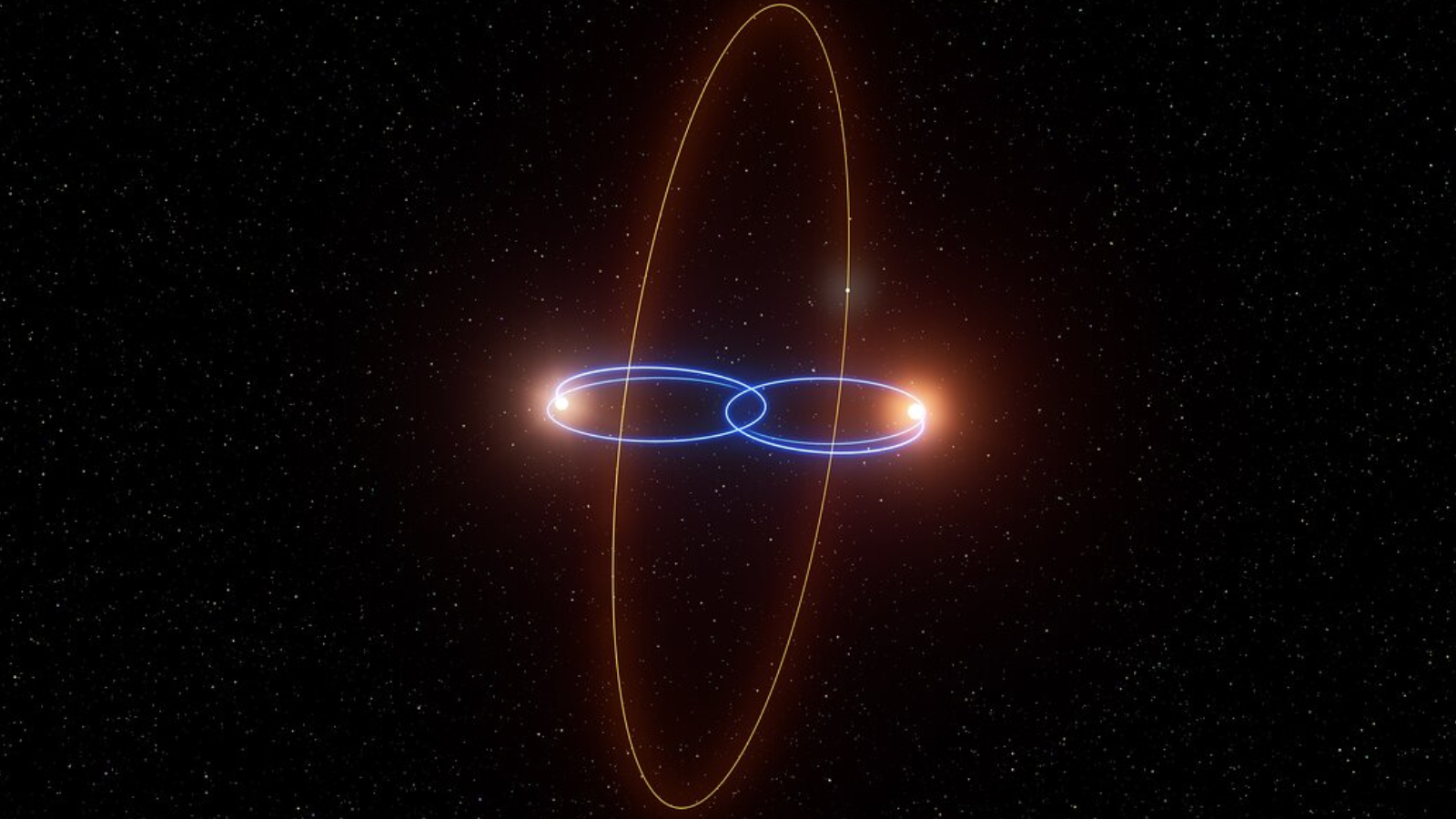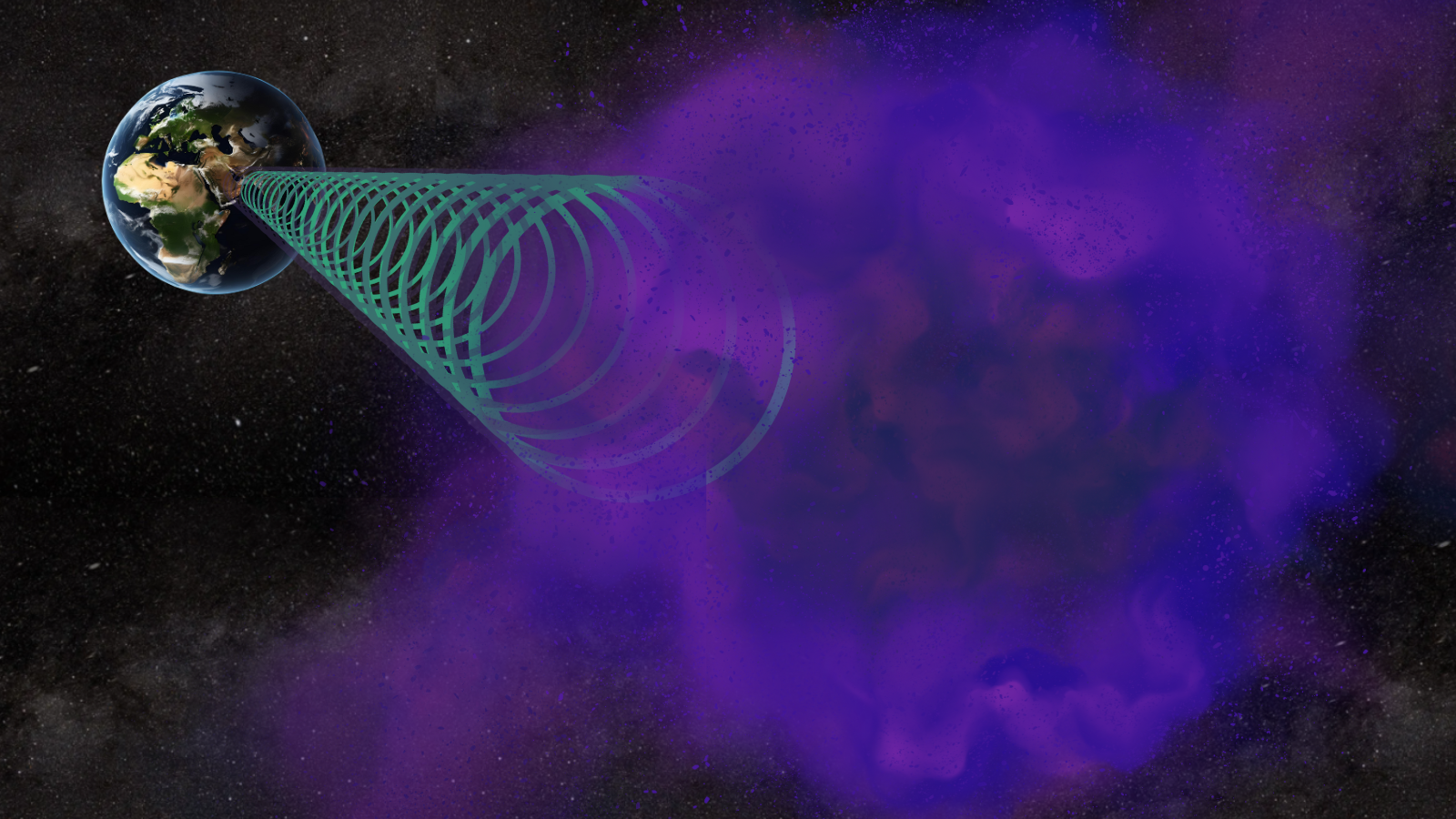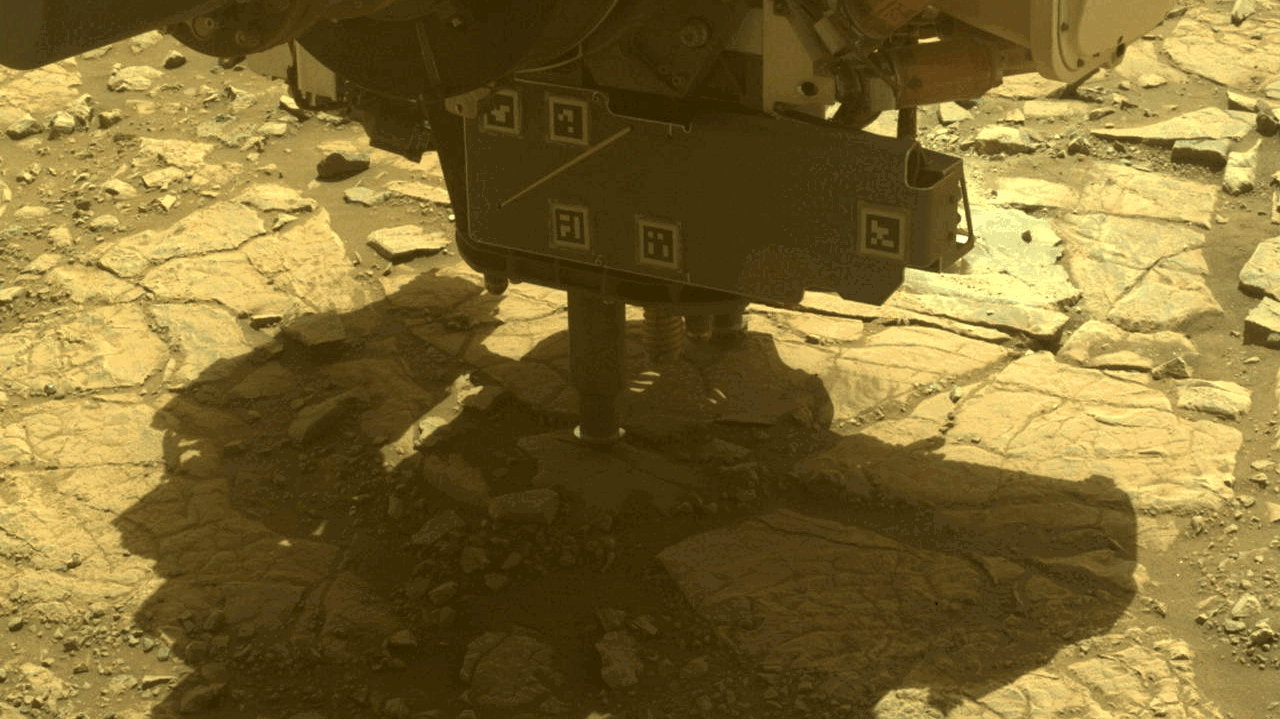Apollo Moon Rock Rediscovered in Cambodia Debuts on Display
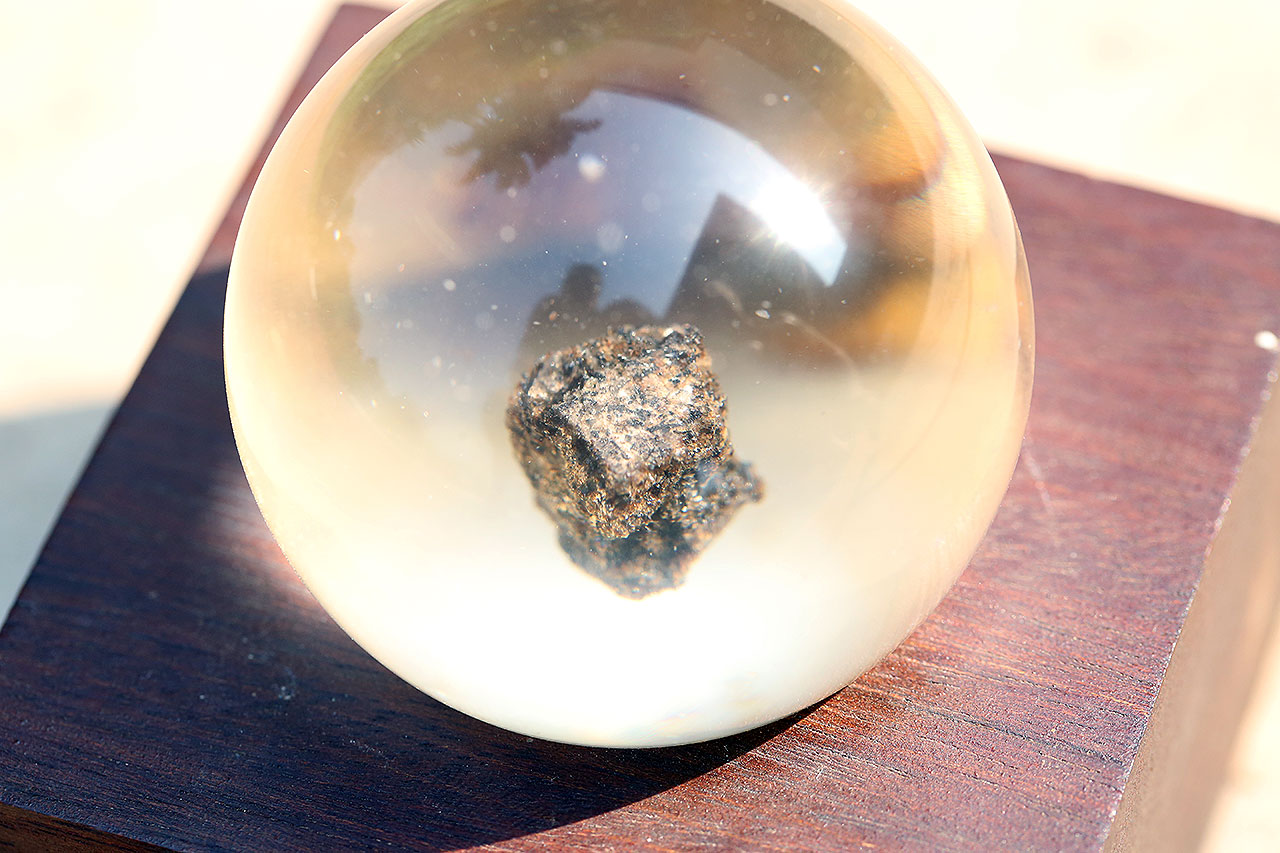
A small moon rock gifted to Cambodia by the United States amid the Vietnam War has resurfaced after being all but lost to time and strife.
Officials representing the National Museum of Cambodia in Phnom Penh and the U.S. Embassy in Cambodia unveiled the museum's display of the "goodwill" moon rock on Monday (June 18), following an extensive effort to determine its origin.
"Last fall, the National Museum approached the U.S. Embassy to investigate the background of this unique artifact," said Michael Newbill, Deputy Chief of Mission at the U.S. Embassy. "The history and background remained a mystery until after six months of research with NASA, the U.S. National Archives, the U.S. Library of Congress, the Cambodian National Library and Archives and the Center for Khmer Studies library." [Should We Open Some Sealed Apollo Moon Samples?]
"We can now reveal today, for the first time, the history of this unique gift from the United States to Cambodia," said Newbill at the exhibit's opening.
From Taurus Littrow to Phnom Penh
Before they became the final two humans to depart the moon in December 1972, Apollo 17 astronauts Gene Cernan and Harrison Schmitt paused their exploration of the Taurus-Littrow lunar valley to dedicate one particular moon rock as a symbol of "peace and harmony" among countries "throughout the world."
Radioing back to Earth, they announced that a portion of the rock would be shared with many nations and offered their wishes for goodwill among "all mankind in the future."
Three months later, then-U.S. President Richard Nixon directed that fragments of that goodwill moon rock be distributed to 135 nations and the 50 U.S. states.
Get the Space.com Newsletter
Breaking space news, the latest updates on rocket launches, skywatching events and more!
On July 19, 1973, a month before the U.S. ceased bombing Cambodia as part of "Operation Freedom Deal," an expansion of the Vietnam War and Cambodian Civil War, U.S. Ambassador Emory Swank presented Cambodia's piece of the moon to the country's education minister, Keo Sangkim, in an official ceremony.
The 1.142-gram rock, embedded in a clear lucite sphere, was gifted on a wooden plaque with the flag of the nation that was flown to the moon on Apollo 17.
"The program and gift that your excellency has just given to the Khmer people is a symbol of the sincere desire of the United States of America to promote peaceful cooperation among the nations of Earth in order to achieve eternal peace on our planet in general, and a stable peace in Southeast Asia, in particular, a peace to which the Khmer people aspire," wrote Lon Nol, the then self-proclaimed president of the coup-founded Khmer Republic, in a letter to Nixon in July 1973 (translated from French).
"Also, you can rest assured that we will keep the present gift of the great people of United States of America as the most precious gift we have ever received," wrote Nol.
But with the overthrow of the Khmer Republic two years later and the rise of other conflicts in the four decades since, that "most precious" moon rock was separated from its plaque, remounted to a nondescript stand and at some point, hidden away in storage at the National Museum in Phnom Penh. [Moon Memories: Thousands of Apollo Photos Released Online]
Rediscovering the moon (rock)
Cambodia's Apollo 17 moon rock may have remained lost were it not for a French researcher working in the National Museum.
"He realized that there was no background information at the museum about the history of the lunar sample — not even information confirming that indeed it was a moon rock," said Monica Davis, the Cultural Affairs Officer at the U.S. Embassy in Cambodia.
The researcher alerted the French Cultural Attaché in Cambodia and was referred to Davis, who at the request of the museum began searching for the origin of the sample.
"It was not immediately clear this was a moon rock, although its appearance was quite similar to pictures from Apollo 17 lunar samples," Davis told collectSPACE.com in an interview. "Usually moon rocks from the Apollo 17 mission came with a plaque with a flag and quote from the president. This one had a different wooden podium and therefore we were not sure if this was an original moon rock or not."
In order to confirm its authenticity, Davis contacted the Apollo lunar sample curator at NASA's Johnson Space Center in Houston, Texas. Referring to photographs of the lucite-encased rock, the curator said that he was "99 percent certain" that it was the Apollo 17 goodwill sample. (He would need to run tests to be 100 percent certain.)
"He stated that the size and shape of the plastic are correct, and the coloring and morphology of the sample and grains in the sample match other examples," Davis explained.
At the same time, the U.S. Embassy conducted extensive research in the National Archives and Library of Cambodia, the U.S. Library of Congress and U.S. National Archives, the U.S. State Department, the Nixon Library, and the Center for Khmer Studies. After six months of searching, they were finally able to find old U.S. State Department cables about the gift as well as an article from an August 1973 edition of the "Khmer Republic" magazine about the presentation of the moon rock to the Cambodian government and the circumstances of that ceremony.

Centennial celebration
The rediscovered moon rock's exhibit is part of the upcoming 100th anniversary of the National Museum of Cambodia to be celebrated in 2020. It is also a symbol of the United States' longstanding goodwill to Cambodia and its people.
"We hope that this exhibit inspires young Cambodians to dream big," said Newbill. "Don't let the boundaries of what you think is possible stand in your way."
In researching the moon rock's arrival, Davis came across recommendations from the U.S. State Department as to what to say at its original presentation.
"This small moon rock is a symbol representing the knowledge shared by men of science and technology over the centuries, and their search for knowledge," read a 1973 cable from the U.S. State Department. "Perhaps the spirit of Apollo, which surmounted the barriers of deep space for man, can eventually help eliminate the barriers between nations."
Though it has been 45 years, the moon rock's message remains the same.
"The Embassy has prioritized Science, Technology, Engineering and Math (STEM) outreach and programs in order to further Cambodia's development. We hope that visitors will be inspired to pursue a STEM career by observing a successful STEM project like the mission to the moon," said Davis.
"Visitors to the National Museum's exhibit will also gain a better understanding of the amazing challenges the astronauts on the moon mission had to overcome and how they broke the limits of what humanity once thought was possible," she said.
See more photos from National Museum of Cambodia's moon rock exhibit at collectSPACE.
Follow collectSPACE.com on Facebook and on Twitter at @collectSPACE. Copyright 2018 collectSPACE.com. All rights reserved.
Join our Space Forums to keep talking space on the latest missions, night sky and more! And if you have a news tip, correction or comment, let us know at: community@space.com.

Robert Pearlman is a space historian, journalist and the founder and editor of collectSPACE.com, a daily news publication and community devoted to space history with a particular focus on how and where space exploration intersects with pop culture. Pearlman is also a contributing writer for Space.com and co-author of "Space Stations: The Art, Science, and Reality of Working in Space” published by Smithsonian Books in 2018.In 2009, he was inducted into the U.S. Space Camp Hall of Fame in Huntsville, Alabama. In 2021, he was honored by the American Astronautical Society with the Ordway Award for Sustained Excellence in Spaceflight History. In 2023, the National Space Club Florida Committee recognized Pearlman with the Kolcum News and Communications Award for excellence in telling the space story along the Space Coast and throughout the world.
